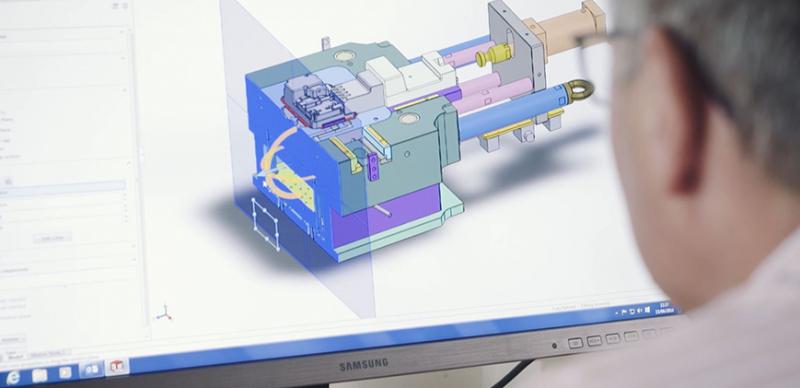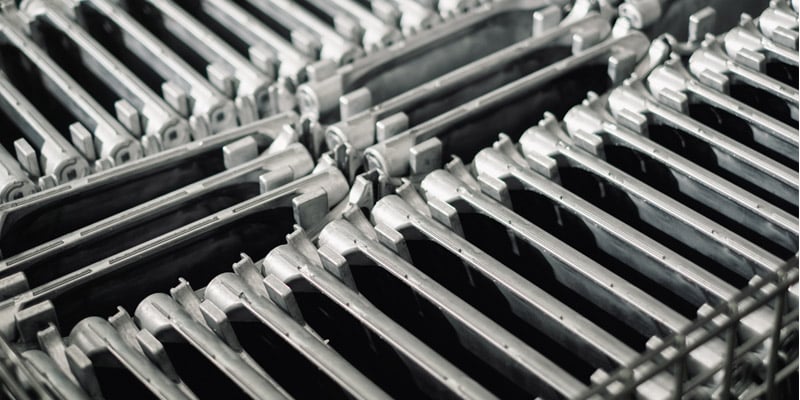When designing anything for manufacture, it can be difficult to know whether your vision falls within the realms of possibility. Without in-depth manufacturing and industry knowledge, you might not know where to begin with product design, manufacturing processes or assembly.
This is particularly the case with cast manufacturing. Casting is an economic, large scale method of product manufacture that can be scaled to meet requirements. So how do you know if your product is suitable for casting? Can it be cast at all? Is my project too complicated?

So, how complicated can a casting be?
The primary limiting factor to the complexity of a metal casting is how the finished casting is to be ejected from the mould. The mould or die needs to be able to separate cleanly from the casting, without getting caught on overhangs or hooks that run parallel to the parting line. Any area that creates a ‘concave’ shape within another shape is difficult to cast as a whole, due to the inability to move the parting line to be parallel with the concave shape.
Wall thickness and tolerances are 2 more areas that can limit a casting’s complexity. The thickness of some thinner parts of a casting must meet the minimum thickness for the casting process and material. Attempting to cast parts with aspects smaller than this specification could result in an incomplete casting (where material has failed to fill the thinner parts of the mould) or weak spots.
Tolerances are an important aspect of your casting to consider. If your product needs to be a very specific dimension, either to be compatible with other products or other parts, making sure that your casting is within tolerance is an important detail. The tolerances of your casting are determined by its size, complexity, material and casting method.
One of the common methods of overcoming these design challenges is to break the product up into smaller, more manageable pieces. Whilst, theoretically you could produce a car chassis in one piece, it’s a much more complicated and expensive process. Instead, car manufacturers produce manageable sized parts of the vehicle chassis and use mechanical assembly processes to produce the final product.

Another method of manufacturing complicated shapes is to produce a ‘rough’ casting and then refine the shape, dimensions and tolerances using CNC machining processes. This allows a lot less wastage when compared to machining from solid billet materials. If you combine this process with making your product more modular (in numerous, independently manufacturable) pieces, you can produce any level of complexity.
In conclusion, casting limitations and physical engineering constraints will prevent a casting that is too complex from being manufactured. However, it’s common practice to manufacture individual parts and combine them for the finished piece, producing parts with almost infinite complexity.
If you’ve still got questions about how to manufacture your product, get in touch with us today for some advice.









